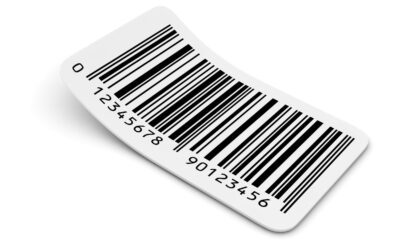You’ll hear the term “assets” a lot when you’re looking to track your tools and equipment. What are assets, though? And how do you keep track of them effectively?
In short, your assets are anything physical that you own in the business. They can be non-physical, too, such as software, but if you can pick up and use it, it’s an asset.
Assets differ from stock, as stock is bought and sold where assets are used consistently by you and your colleagues.

Tools And Equipment
First of all, your assets may be tools and equipment. Therefore, they can be spanners, heavy and plant equipment, and they can be vehicles. When you’re looking into tools and equipment tracking, there are a few things to consider.
These assets will behave differently than a laptop and may pass through many hands, where a laptop will likely be assigned to a single user. Maintenance will also be a necessary part of tracking and managing tools and equipment.
So, if you’re looking for construction equipment tracking software, for example, you’ll need a system that can handle:
- Asset location tracking
- Asset maintenance
- Asset usage tracking
- Issues management
- And more!
Thankfully, the use of asset tags can automate a lot of the processes you need, such as location tracking and issues management.
IT Assets
Your IT assets are any assets in your business that have a link to a computer or the internet. As such, these assets include software and hardware.
Software asset management and hardware asset management operations are overlapping ways you can improve your IT asset management procedures.
With IT asset tracking, you’ll need to know who has which assets for onboarding purposes, for example. Issues management is helpful here, too, as you’ll be able to rectify any problems your colleagues find.
Therefore, you’ll track your IT assets with a similar set of features to your tools and equipment, but the usage may be tweaked to fit the use case better.
Fixed Assets
Fixed assets are also physical assets that aren’t bought and sold. As such, both tools & equipment and IT assets count as fixed assets.
Fixed assets can be furniture, they can be laptops, and they can be spanners. In essence, these are assets that are simply used by your colleagues.
You may have a depreciation process where assets over a certain value need to be monitored and reported on. Either way, you’ll need a fixed asset management system where you can log these assets and monitor them.
Fixed asset management will also mean you need to run audits on your assets to ensure they’re still accounted for. This is the best way to avoid ghost and zombie assets on your fixed asset register.
Using Asset Tracking Software
As you can see, no matter which assets you’re tracking, the needs overlap. So, while fixed asset management will still have specific requirements, both your fixed asset tracking and tools and equipment tracking operations will require effective location tracking.
Fundamentally, when it comes to your assets, you need to know who has what, where it is, and what your assets’ conditions are. Thankfully, the best asset tracking software allows you to track your assets in different ways and keep your records together or separate.
In other words, you’ll be able to use one system to track your tools and equipment and your fixed asset management operations and you’ll be able to either combine the data or keep it separate.
itemit’s asset tracking software comes with all these features and more, giving you the most transparency and control over your assets available. To find out more, you can contact the team at team@itemit.com or fill in the form below to start your 14-day free trial.
Asset Tracking Software
Choose a better way to track your assets
Start your free 14-day trial now
Instant access. No credit card details required.
Related articles
Everything You Need to Know About 2D Barcodes
Discover everything about 2D barcodes, including how they work, their benefits, and how they are revolutionizing industries and improving business operations
Complete Guide to Asset Lifecycle Management and Its Benefits
Learn about asset lifecycle management and how it helps businesses optimize asset usage, reduce costs, and improve efficiency throughout the asset’s life.
Benefits of Vendor Managed Inventory for Your Business
Learn how Vendor Managed Inventory (VMI) can streamline your supply chain. Explore the key benefits and how it helps optimize inventory management.




